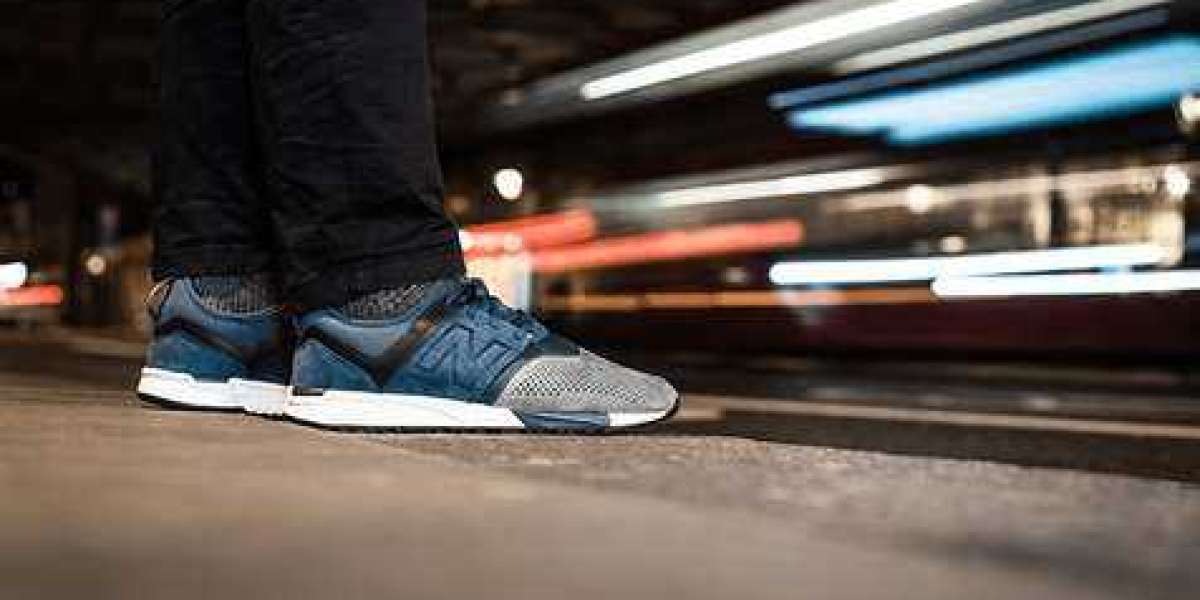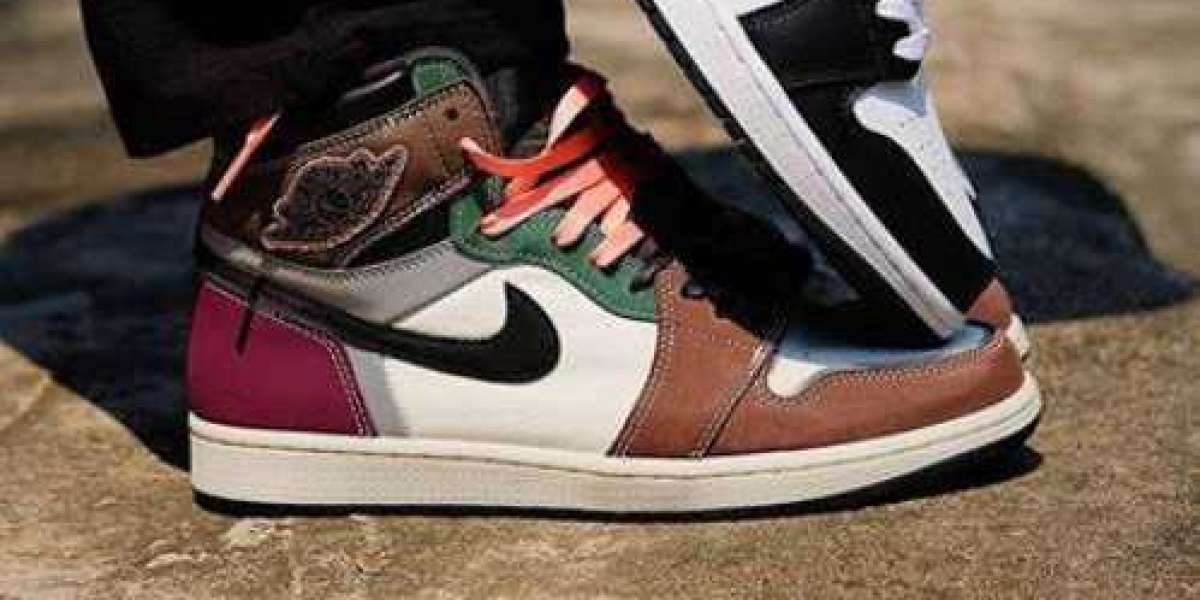Introduction:
In May 1963, the civil rights movement in the United States reached a critical turning point with the Birmingham campaign and the iconic Children's Crusade. This remarkable series of events unfolded in the segregated city of Birmingham, Alabama, and would forever be etched in the annals of history. Fueled by a deep-seated desire for racial equality and justice, African American activists, led by Dr. Martin Luther King Jr., marched bravely and nonviolently through the streets of Birmingham, challenging the deeply embedded racial discrimination and galvanizing the nation to confront the injustices that plagued the American society.
---
On May 2, 1963, the Birmingham campaign kicked off in earnest with a series of lunch counter sit-ins, peaceful protests, and boycotts. African American demonstrators demanded an end to segregation in public spaces, fair employment opportunities, and equality in education. However, they were met with uncompromising resistance from the city's white leadership and police force, under the notorious segregationist Commissioner Eugene Bull Connor.
As tensions escalated throughout the month, it became evident that the Birmingham campaign needed an infusion of new energy and courageous participants. It was at this critical juncture that the Children's Crusade emerged as a unique strategy to confront racial injustice head-on.
Led by the Reverend James Bevel of the Southern Christian Leadership Conference (SCLC), the Children's Crusade aimed to showcase the brutality of segregation by involving young, idealistic African American students. On May 2, James Bevel addressed a gathering of about 1,000 young students at the 16th Street Baptist Church, inspiring them to join the movement and sacrifice for the cause of justice and equality.
The following day, on May 3, thousands of these brave children, some as young as six years old, marched from the church towards downtown Birmingham. They faced a gauntlet of violence, intimidation, and arrests. Bull Connor's police force responded harshly, using high-pressure fire hoses, attack dogs, and batons against the demonstrators, many of whom were school-aged children.
The shocking images of children being violently assaulted by law enforcement officers shocked the nation and reverberated across the globe. The world watched in horror as innocent girls and boys were dragged away from the protests, their determination to fight for civil rights undiminished by the brutality they encountered.
As the days passed, the Children's Crusade galvanized the nation and intensified pressure on the federal government to take action against the systemic racism present in America. The campaign exposed the stark reality of racial injustice, prompting widespread outrage and renewing the collective resolve to combat segregation and discrimination.
Despite the violence and oppression inflicted upon them, the children's actions in Birmingham amplified the civil rights movement's impact, leading to negotiations between African American leaders and city officials. The unyielding spirit and sacrifices of the children contributed significantly to the eventual desegregation of Birmingham, marking a critical victory in the broader struggle for civil rights in America.
In reflection, the Birmingham campaign and the Children's Crusade of May 1963 forever changed the course of history. They demonstrated the power of nonviolent civil disobedience as a catalyst for change, further solidifying Dr. Martin Luther King Jr.'s stature as a prominent leader of the civil rights movement. The events in Birmingham brought nationwide attention to the urgent need for civil rights legislation, and ultimately paved the way for landmark victories like the Civil Rights Act of 1964 and the Voting Rights Act of 1965.








